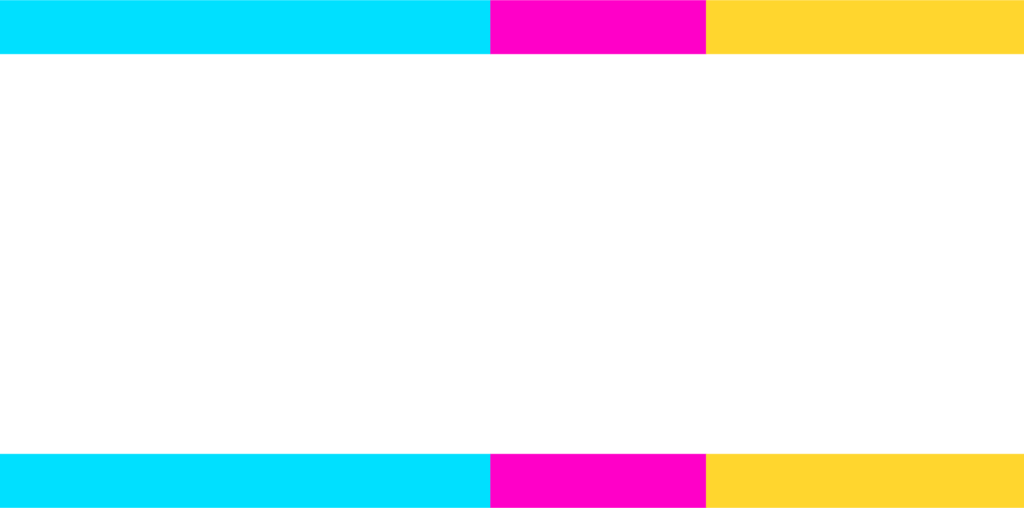The Idaho Center for Fiscal Policy released the following statement on May 23, 2017. We are updating and adding data as we analyze the proposal; please check back and contact us if clarification is needed.
This statement can be found in PDF form here.
Boise, ID – The Trump Administration’s proposed budget, released Wednesday, would over-burden Idaho’s state budget at a time when it is still recovering from the Great Recession, according to a review by the Idaho Center for Fiscal Policy, a nonprofit, nonpartisan organization in Idaho dedicated to analyzing state fiscal issues. Drastic cuts to non-defense spending and public initiatives in the proposed budget would result in enormous cost-shifts to Idaho and make the tax code less friendly to average working families.
“Idaho simply cannot afford to absorb the costs we would incur if a version of this budget is approved by Congress,” said Lauren Necochea, director of the Idaho Center for Fiscal Policy Center. “This proposed budget includes historically unprecedented cost-shifts to the states and unprecedented cuts to essential public services that working Idahoans rely on to make ends meet. The tax cuts for the wealthy come at a huge cost to children, seniors, Idahoans with disabilities, and community investments that benefit all of us,” Necochea continued.
In the years following the 2008-2009 financial crisis, Idaho slashed its education budget to meet the demands of lean times. Since 2016, lawmakers have significantly improved K-12 funding in Idaho. Higher education support has not been restored.
“If the Trump budget were enacted, many of Idaho’s public efforts – from providing access to health care to continuing the restoration of education funding – would be jeopardized,” Necochea said.
Congress is expected to begin its budget-setting process in June, when it will draft a budget resolution that may borrow from the President’s proposal. The Idaho Center for Fiscal Policy has detailed the implications of the president’s proposed budget below.
Key takeaways:
Significant cuts to Medicaid and CHIP.
- Cuts to Medicaid, which serve primarily children and people with disabilities, are steeper in the Trump proposal than the American Health Care Act (AHCA) passed by the House in April 2017. The budget proposal would add an additional $627 billion in cuts to Medicaid on top of House-passed cuts of $839 billion over 10 years. According to the Urban Institute, Idaho would shoulder an estimated $1 billion cost-shift from the AHCA without factoring in these new cuts.
- Idaho would see a rise in state catastrophic health care program (CAT) fund costs. After the implementation of Idaho’s health insurance exchange, the CAT fund saw $20 million in savings between 2013 and 2016. The state could see a full reversal of this gain with the cuts proposed, plus more costs as Idahoans receiving Medicaid lose access to care.
- Cuts to Medicaid could mean that schools have fewer dollars to draw on to cover medical services for students with disabilities. Under obligation to provide these services, districts would need to seek more local dollars to make up for the shortfall.
- The Children’s Health Insurance Plan (CHIP) would see a 20 percent reduction overall. In the current federal budget year – FY2017 – Idaho is allocated $75.5 million dollars for CHIP.
Fewer resources for public and charter schools and higher education.
- Idaho would receive $16.1 million less in federal FY2018 under this budget for a variety of programs that fund Idaho K-12 schools, including cuts to funding in special education and Title I, which is used to help educate low-income children. This would force schools and districts to stretch budgets further.
- Federal funds make up about 10 percent of per-student funding in Idaho.
- Idaho received $5.7 million for 21st Century Learning Centers, which provide afterschool enrichment in federal FY 2016. This program would be eliminated entirely in the proposed budget.
- In Idaho, Federal Supplemental Educational Opportunity Grants- which help low-income students complete college – would be eliminated, taking $2.26 million in FY2018 while increasing Pell grants by roughly the same amount. Work-study funding would be reduced by $1.2 million, effectively halving the previous year’s allocation. These cuts affect Idaho’s efforts to get more young people into postsecondary education programs.
Large cuts to the Supplemental Nutrition Assistance Program (SNAP).
- Idaho would be required to shoulder 25 percent of the cost of SNAP by 2028 per the proposal. In 2016, the program issued $255 million in benefits to Idaho. Over a 10-year period, Idaho would absorb $445 million in cost-sharing for SNAP, shifting millions away annually from other funding priorities in order to feed low-income seniors and children.
- In February 2017, about 76,000 households in Idaho participated in SNAP. Participation fluctuates with the health of the economy. Tying the program to state finances would hinder SNAP’s ability to respond to economic downturns.
- In 2016, the program contributed about $1.28 per person per meal in Idaho. The budget’s proposal would further reduce this already lean program.
- Idaho’s eligibility criteria for SNAP is one of the strictest in the country and includes income limits, work requirements, and asset and resource limits.
Many states are facing budget shortfalls this budgeting cycle. Yet Idaho’s leaders in the last few legislative sessions have prudently safeguarded the state’s revenue, with relative success.
Trump’s budget, however, would turn many federally funded or federally assisted services over to the state, resulting in a demand for greater revenues or cuts to existing programs. In the past, Idaho has turned to reductions in education funding to backfill budgetary shortfalls.
###


